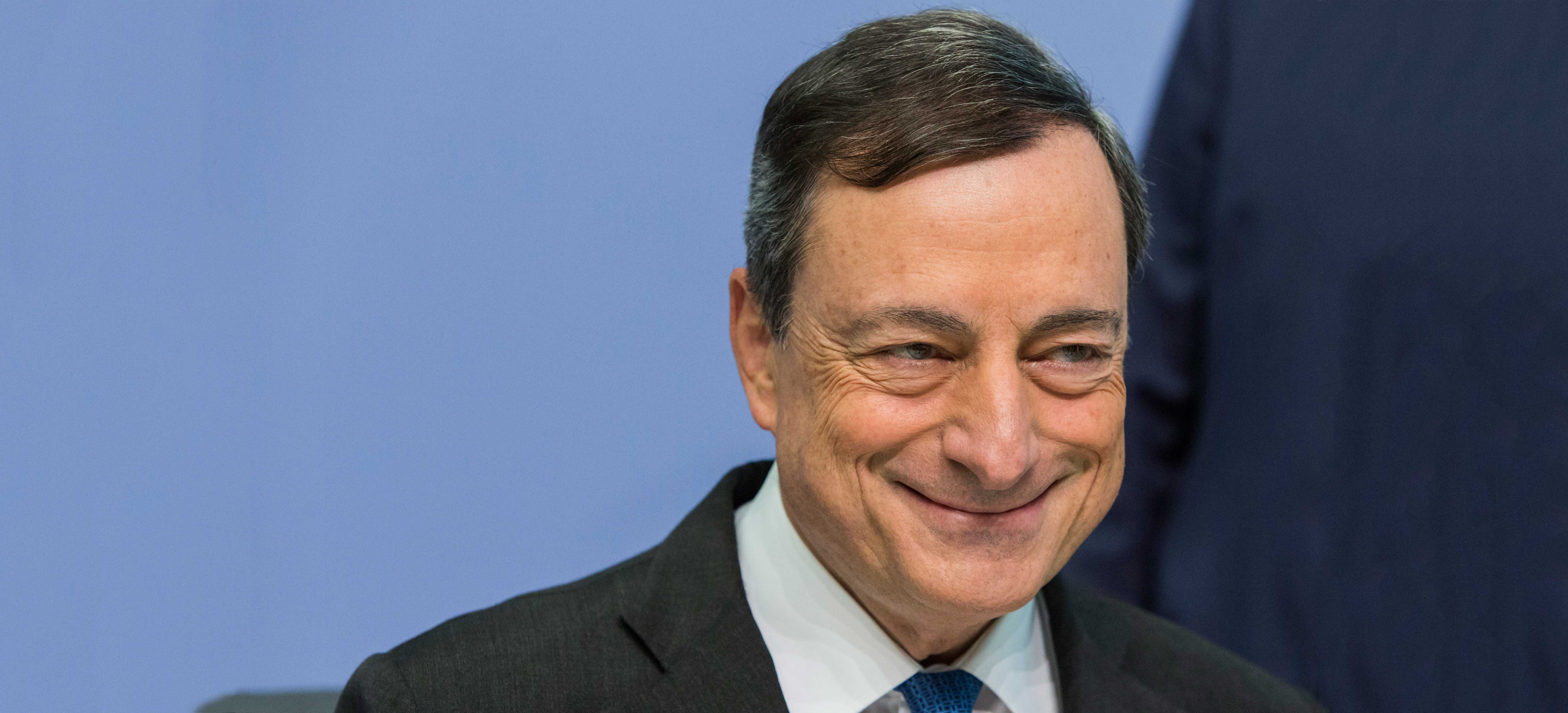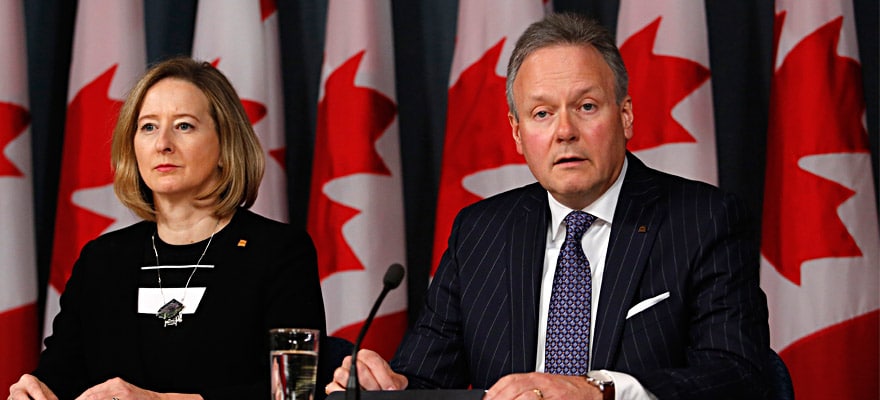Eurozone flash CPI estimate for July was released on July 31. It showed that all items inflation increased 0.2% for the 12 months ending July 31. This was the same as the price increase for the 12 months ending June 30. The euro saw positivity from the core reading, which showed inflation for the period, excluding food, energy, tobacco and alcohol, increased 1%.
If core inflation exceeds this level it will be the highest since August 2013 when it printed 1.1%. In these times of depressed oil prices, central banks focus especially on core readings of inflation. Core inflation in the Eurozone has ticked up from its nadir on 0.6% in March and April to the current 1%. This is an impressive rate of change of 0.4% in annual inflation over just 3 months.
This indicates that QE in the Eurozone, perhaps unlike in Japan, is actually having its intended effects. In the context of these recent numbers, Draghi and his colleagues will have no reason to contemplate an extension of the current stimulus program. Indeed, a further acceleration of price increases may well see speculation of an early taper of QE. The original and current intention is for the bond buying to end in September 2016.
We will be closely watching EZ inflation for further price increases and any positive sentiment that consequently translates into the collective currency. As Draghi said at a recent ECB press conference - we still have a long, long way to go. But from a purely numerical perspective, are we not already halfway there?
The massive bond-buying program and near-zero interest rates mean that the euro is fundamentally a weak currency. However, to what degree this weakness has already been priced in is a more complex question. We saw EUR/USD fall over 3,500 pips between May 2014 and March 2015, a manifestation of policy divergence. CPI readings indicate inflation bottomed around March/April 2015 and since then we have seen the euro rally against weaker currencies.
EUR/NZD is up nearly 3,000 pips from April lows. Certainly the euro is likely to see further downside against the pound and greenback, but this is largely due to the BOE and Fed's imminent tightening cycles. Against commodity currencies we may well see the euro continue higher, as central bankers like Poloz, Wheeler and possibly soon to be Stevens, become increasingly dovish. Euro shorts may be unwound further if we see more good price data, and this has the capacity to cause abrupt rallies in euro pairs due to the heavily one-sided prior positioning.
Our bias for this pair officially changes from bearish to weak bearish, in light of the recent core CPI readings for July.

















